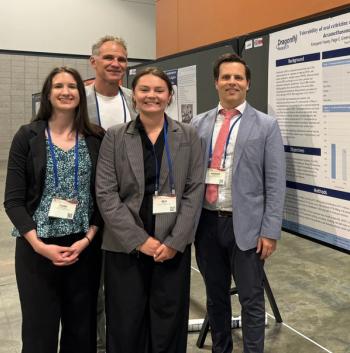
Nearly half of patients on diphenhydramine, dexamethasone, and famotidine experienced moderate to severe decreased alertness vs only 12.9% of those on cetirizine, dexamethasone, and famotidine.

Marco Meglio, Assistant Managing Editor for NeurologyLive, has been with the team since October 2019. Follow him on Twitter @marcomeglio1 or email him at [email protected]

Nearly half of patients on diphenhydramine, dexamethasone, and famotidine experienced moderate to severe decreased alertness vs only 12.9% of those on cetirizine, dexamethasone, and famotidine.

Over a 5-year treatment period, patients on ofatumumab, regardless of race or ethnicity, demonstrated significant reductions in neurofilament light and achieved consistent rates of NEDA-3.

Howard Rosen, chief executive officer of the American Headache Society, provided commentary on the upcoming annual meeting and the unique types of educational sessions clinicians can look forward to.

Overall, the results mirrored previous reports demonstrating that patients on ocrelizumab before or during pregnancy did not have elevated risk of adverse pregnancy and infant outcomes.
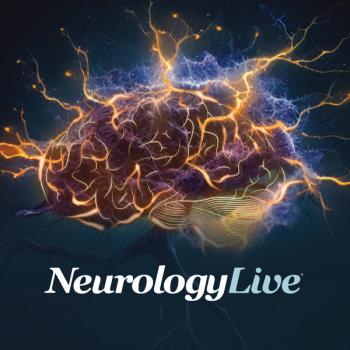
Following the mixed results, NS Pharma is working with the FDA to determine how to proceed with viltolarsen.

Scott Newsome, DO, director of the Stiff Person Syndrome Center and professor of neurology at Johns Hopkins Medicine, provided clarity on the 1-year data of the OCARINA II study assessing subcutaneous ocrelizumab.

Overall, a significantly greater amount of patients on Andexanet had hematoma volume expansion of 35% or less; however, these patients had greater risk of thrombolytic events and lower modified Rankin scale scores at 30 days.

Test your neurology knowledge with NeurologyLive®'s weekly quiz series, featuring questions on a variety of clinical and historical neurology topics. This week's topic is on Myelin oligodendrocyte glycoprotein antibody-associated disease (MOGAD).

DC Medicaid covers over 300,000 members in the greater Washington D.C. area, allowing increased access to the FDA-cleared product.

Ataluren, which was conditionally approved in Europe in 2014, had its real-world use backed by data from the STRIDE registry.

Khashayar Dashtipour, MD, PhD, an associate professor of neurology at the Loma Linda University Health System, provided an overview of an upcoming CME-credited educational course on movement disorders scheduled for June 1st in Minnetonka, Minnesota.

The double-blind, placebo-controlled trial, which includes 2 dosing regimens of COYA 302, is expected to have topline data reported later this summer.

A trio of clinicians from Cleveland Clinic provided perspectives on the advances in neurology seen at the 2024 AAN Annual Meeting, specifically focusing in on epilepsy, stroke, and multiple sclerosis.

Dyne aims to pursue expedited approval pathways for DYNE-251, leveraging dystrophin as a surrogate biomarker.

DYNE-101 demonstrated dose-dependent splicing correction, with the 5.4 mg/kg cohort showing a 27% mean correction at 3 months.

The study showed durable improvements in VEP latency with bexarotene, suggesting long-term benefits from exposure to a remyelinating drug.

Of respondents who qualified for preventive treatment who were not currently using preventive medication, the majority (86.1%) had also never previously used preventive medication.

The neurologist and neuro-oncologist at the Preston Robert Tisch Brain Tumor Center at Duke University provided clarity on a new analysis of the INDIGO study highlighting treatment benefits of vorasidenib in patients with IDH mutant grade 2 gliomas.

Bruce Leuchter, MD, a neuropsychiatrist and chief executive officer at Neurvati Neurosciences, provided insight on a recently published study showing that neurological diseases present the biggest global health threat.

ION582, delivered intrathecally into the cerebral spinal fluid with a lumbar puncture, resulted in significant improvements in cognition, fine and gross motor skills, and expressive communication.

In addition to demonstrating safety and tolerability, treatment with LM11A-31 resulted in significant differences in Aß40 and Aß42, although the ratio of Aß42 and Aß40 was not affected.

APN-1607 is undergoing a global phase 3 trial to evaluate its efficacy as an early diagnostic biomarker for progressive supranuclear palsy.

Test your neurology knowledge with NeurologyLive®'s weekly quiz series, featuring questions on a variety of clinical and historical neurology topics. This week's topic is on Huntington disease.

Sean Pittock, MD, director of the Mayo Clinic Center for Multiple Sclerosis and Autoimmune Neurology detailed interim data from the open-label extension of the pivotal CHAMPION-NMOSD trial, the study that led to ravulizumab’s approval.

BIIB105, an antisense oligonucleotide, failed to demonstrate impact on outcomes of function, breathing, and strength, in addition to no impact on neurofilament light.

Voyager expects insights from the phase 1a study to inform a subsequent phase 1b trial and anticipates tau PET imaging data in 2026.
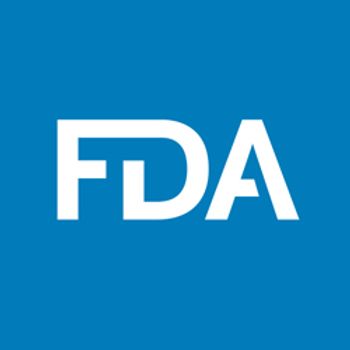
Labeling updates underscore the importance of using compatible autoinjectors with specific glatiramer acetate injection products to prevent medication errors.

The study found that Black, Asian, and Hispanic individuals have 7- to 4-fold higher incidence of anti-NMDAR encephalitis, a rare epileptic condition, than White individuals.
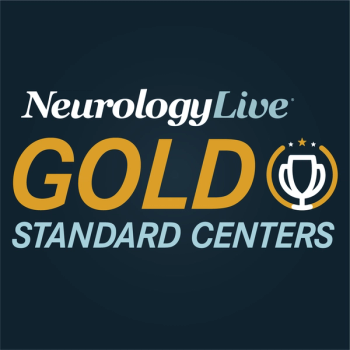
Mayo's MOGAD Clinic represents a new type of novel, multidisciplinary care, incorporating multiple different backgrounds of neurology, neuroimmunology, neuro—ophthalmology, and urology, among others.
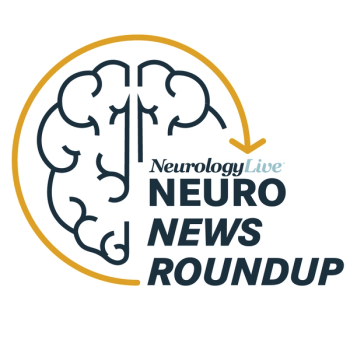
In honor of Huntington Disease Awareness Day, held May 15, 2024, get caught up on some of the latest news in HD, with data updates and expert insights all in one place from the NeurologyLive® team.